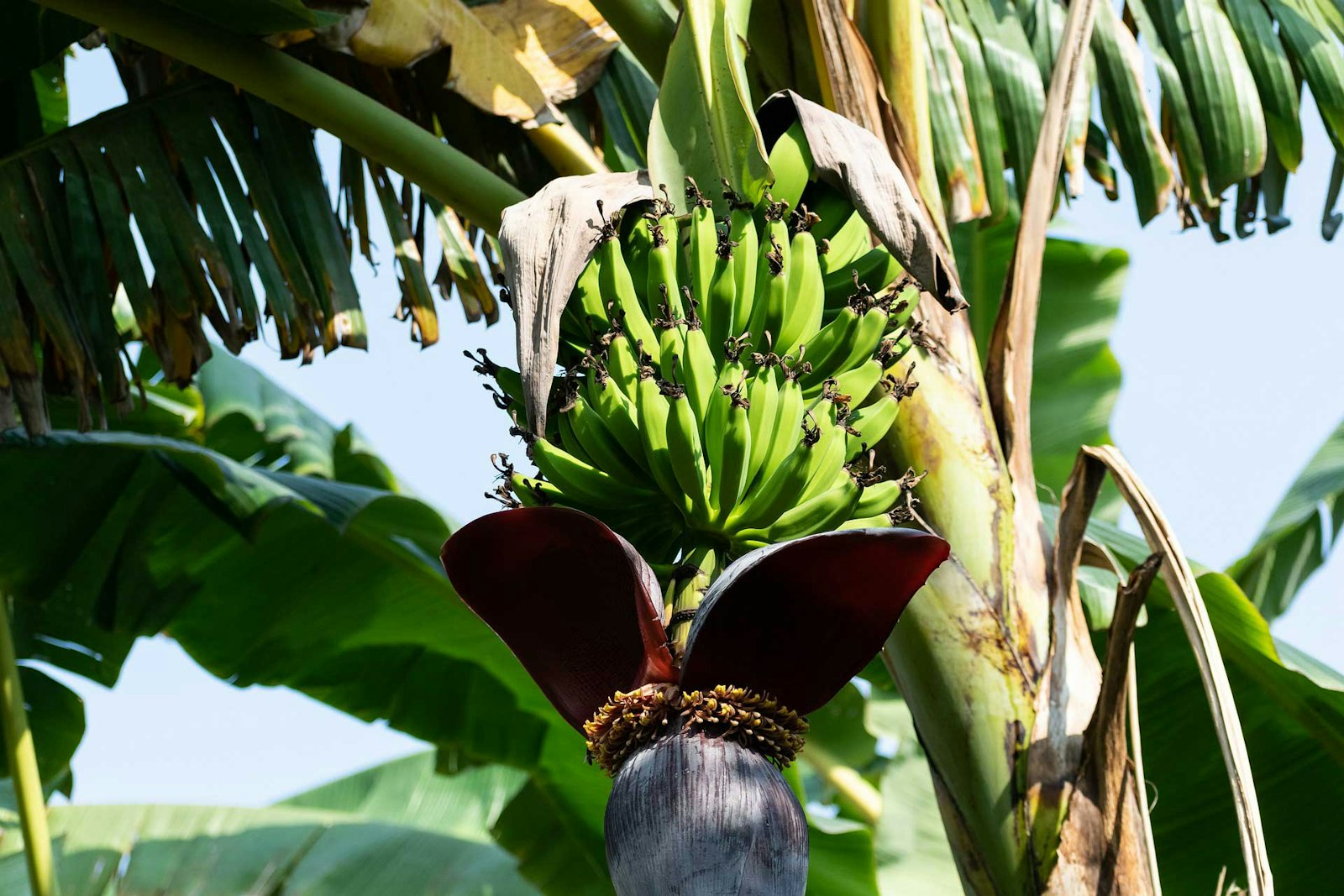 Galina Khmeleva demonstrates combing on a traditional Orenburg combing device. | |
 The proper spinning hand position. | |
 Proper hand position for drafting. | |
Our ambassador of Orenburg spinning
Imagine a world where a handspun, handknitted shawl is the ultimate status symbol worn by movie stars and politicians. This is the world where a young Galina Khmeleva spent two-months' salary to own one for herself (much to the chagrin of her mother-in-law at the time). Galina traveled from her home in Leningrad (now Saint Petersburg), Russia, to the Orenburg region of Russia where the shawls were (and still are) created using age-old techniques. Fascinated by the shawls made in the southern steppes of the Ural Mountains—straddling Europe and Asia both geographically and culturally—she went on to learn the traditional techniques. Eventually Galina was in a position to share the Orenburg traditions with spinners and knitters in the United States. She began importing the luxurious shawls to the United States (a new market) helping to support the Orenburg craftswomen and preserve their traditional techniques in the process.
In her first DVD, Spinning Gossamer Threads: The Yarns of Orenburg,Galina shares the fascinating history of the region, how she became a part of it, and then goes into the particulars of how the dense cashmere coat from rugged Orenburg goats is traditionally combed, spun, plied with silk, and steam-finished. Throughout the DVD she reiterates that these techniques are ideal for any fiber under 20 microns, which includes bison, cashgora, pygora, qiviut, yak, and most any other luxury fiber.
After the fiber is dehaired by teasing, traditional Orenburg combing is done on a handmade triangular lap-frame comb created from cobbler's needles. Galina demonstrates how she combs the fiber in one-ounce batches creating a single (very impressive) rolag. She explains how to pick the best fiber and small lightweight Russian-style spindle to spin traditional Orenburg singles that average 60 to 62 wraps per inch and just over 2½ twists per inch. Along the way she shares tips and pearls of wisdom, such as why it is best to spin all the yarn for a project at once for consistency (my personal favorite because I have trouble with it). She then demonstrates a way of plying with millspun silk with a second larger and heavier spindle directly onto a bobbin. The finishing technique of steaming the finished balls of yarn is something I have never seen before but definitely would like to try.
Throughout the video Galina explains all aspects of this time-tested yarn very systematically and with clear, concise language. Her intimate relationship with this region and the Orenburg craftswomen provide a unique understanding that, lucky for us, she generously shares.
Spin on,


